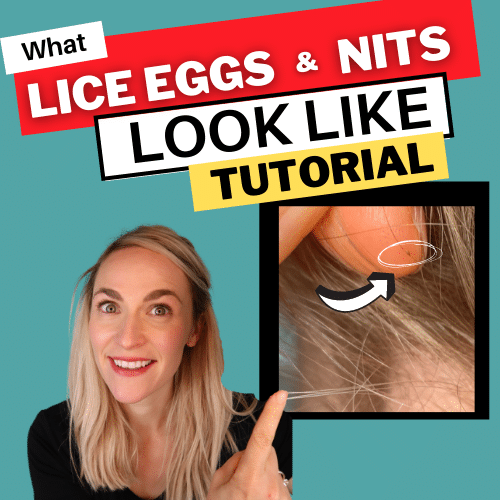What Lice Eggs and Nits Look Like Video Tutorial
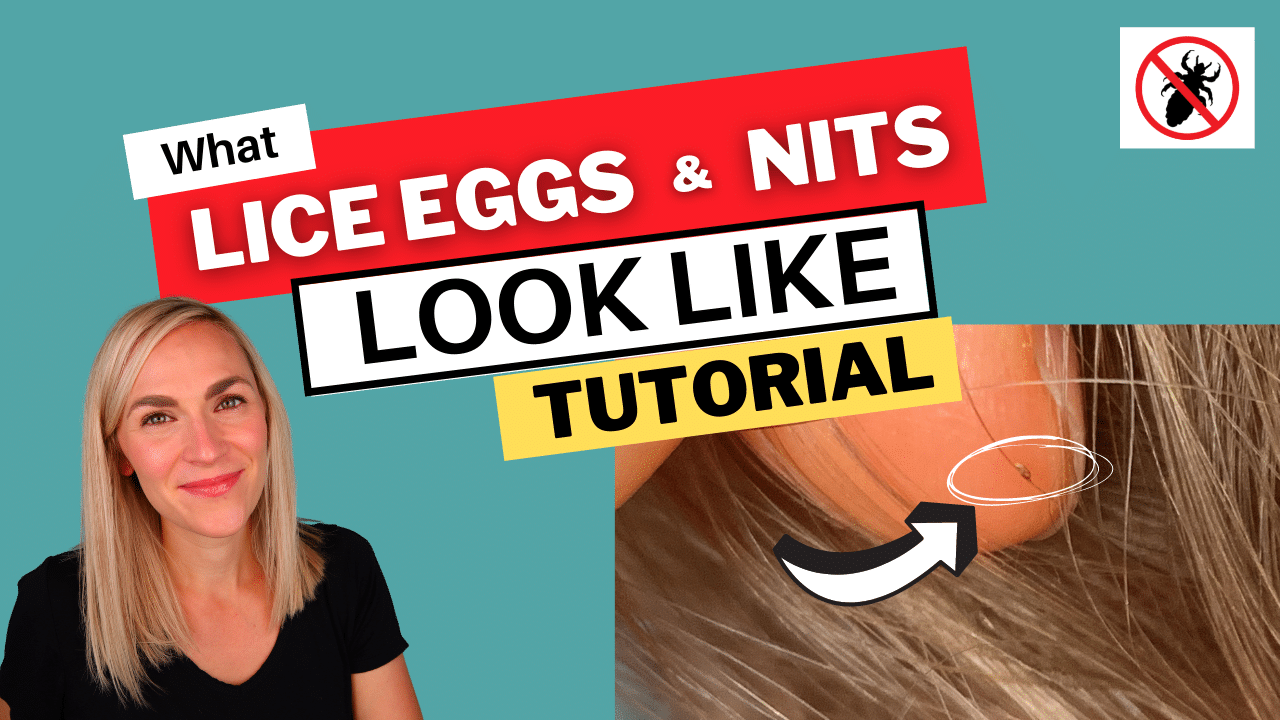
Use these nine simple tricks to spot and identify lice eggs (also known as “nits”) within seconds. In this video tutorial, we take a look at nits and lice eggs in the hair.
Let me introduce myself...
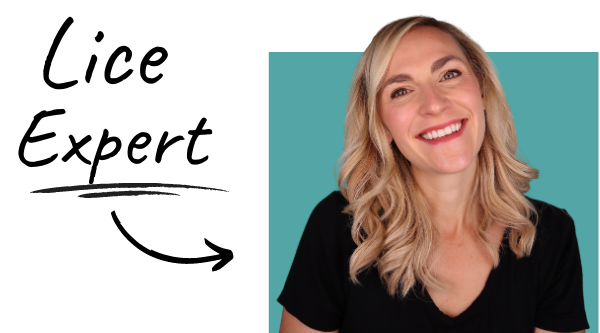
Hi there! I'm Theresa, I'm a lice expert, lice coach, and Registered Nurse. I help people with lice every day! You can get rid of lice in ONE DAY at home by using the same proven professional technique that I use in my lice center.
Just follow the step-by-step videos and be done with lice by the end of the day.
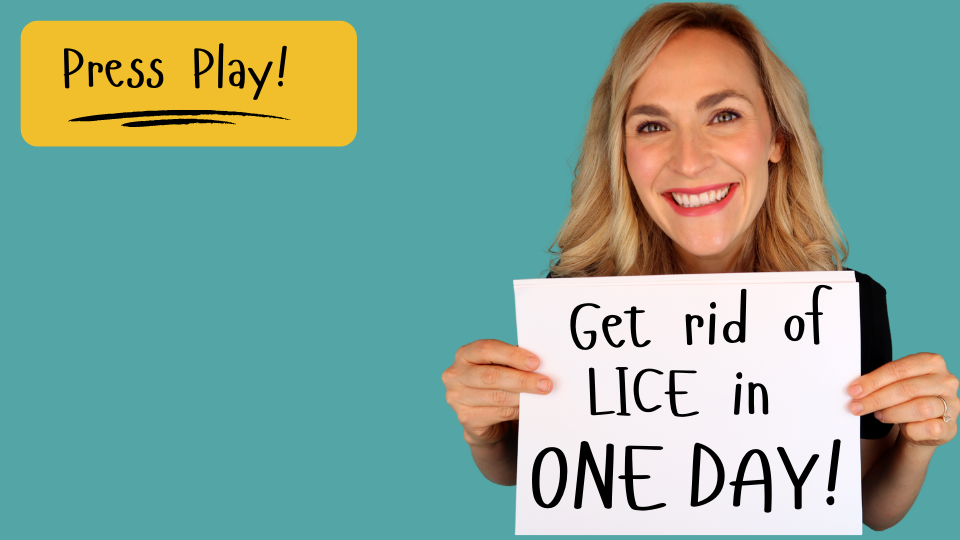
Get the Lice Checklist (It's FREE!)
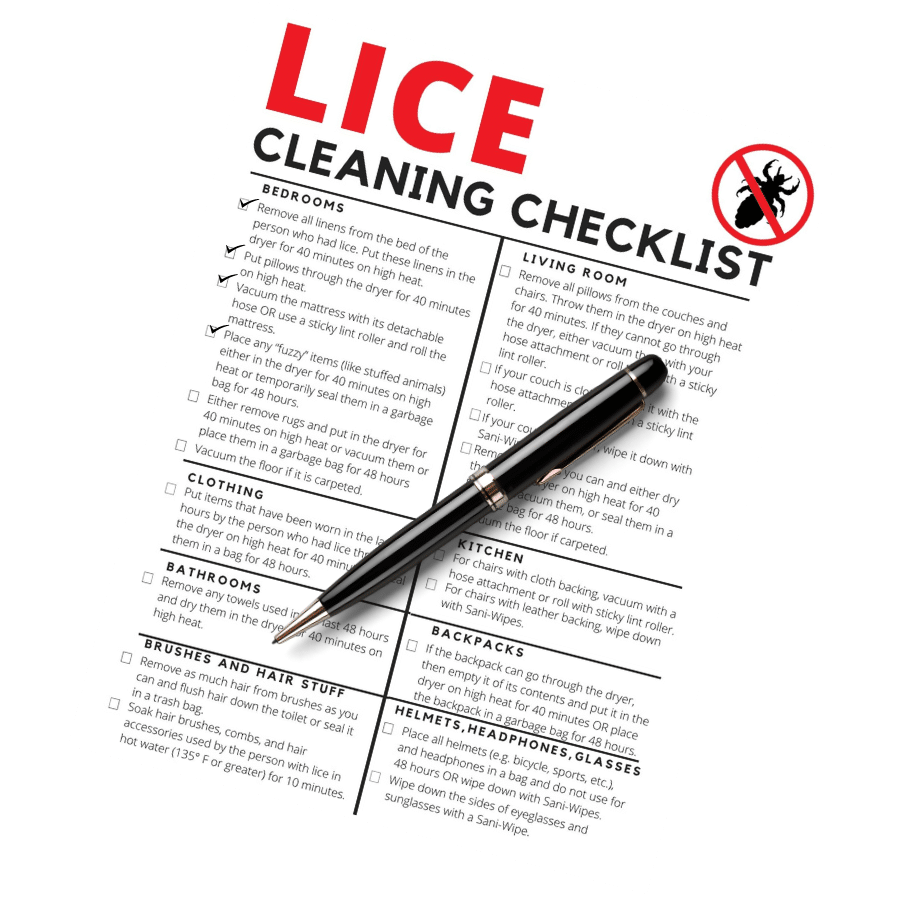
Get the Lice Checklist (It's FREE!)
Transcription of video:
Hey, it's Theresa with My Lice Advice, and today we are talking about nits and lice eggs. What do lice eggs look like in the hair? What do nits look like? What's the difference? Let's get to it. So before getting started, just so you know who I am.
My name's Theresa. With MyLiceAdvice.com. And I'm a Registered Nurse and I actually specialize in head lice, and I own MyLiceAdvice.com, where I teach parents how to do a professional lice treatment on their child at home so that they can get rid of lice in one treatment.
Enough about me. Let's talk about you. Lice eggs and nits. I'm actually talking about this same thing here. I'll talk about differences in the future. But if you have lice, eggs, and nits in the hair, you have lice.
There are nine ways to easily spot lice eggs. We're going to talk about all nine today. Let's get to it.
Number one, when in doubt, try to pull it out.
If you watch any of my videos, this is the telltale sign of lice.
Lice eggs are glued onto the hair strand. They do not come off easily. So if you find something you're like, "Oh, is this lice?" The first thing you want to do is just try and get it out of the hair easily.
Can you blow it away? Can you flick it away? Can you just move it easily? If you can't, then what you do is you pinch it between two fingers or two fingernails and physically pull it down the hair strand.
Is that what you have to do to get it out? Is it glued on so tight that you have to pull it down? It's not easy. So if that's what you have to do, you have to physically squeeze between your two fingers and pull them all the way down the hair strand.
Then yes, those are lice, eggs and you have lice.
Number two, if you have lice, you will find several lice eggs, not just one or two.
So when you have lice, you have bugs in your hair. And these bugs procreate as gross as that sounds.
They lay little eggs inside the hair. And if you have lice, you're going to find more than one of these little eggs. They typically lay somewhere between five and up to ten of these lice eggs a day. So if you find something and you're like, Oh, is this a lice egg or nit?
Well, keep looking, because if you have lice, you will typically find several of these lice eggs. Not just one.
Number three, Always check close to the scalp for nits.
So lice, eggs, and nits are always laid right up next to the scalp, always within a quarter-inch of the scalp.
That's because they need to have the heat of the head in order to grow and to hatch.
Number four, check the hot spots.
Now, what hot spots are the places that lice love to lay their lice, eggs and the most common places for lice to lay their eggs are right at the nape of the neck. Next to the scalp and behind the ears next to the scalp.
So check for lice eggs in those spots first. The name of the neck and behind the ears.
Number five, lice eggs have color to them.
Probably one of the most misunderstood things is that people are thinking that lice eggs are going to be white.
They're not. Most lice eggs are either golden or a light brown or a dark brown color after they hatch. And the bug actually leaves the egg. Then they're this transparent or white-looking color. So the reason why people are a lot of times confused is because if somebody has, like, had lice for a really long time, like this girl here, she's going to have a bunch of these white lice eggs. Sometimes people call these nits the ones that are already hatched, anything that's farther away from the scalp. And is this white color? Those are old already hatched.
But if you're looking to see if somebody has lice, what you want to do is look up right up next to the scalp and look for some of these golden light brown or even dark brown lice eggs right next to the scalp.
They can look like coffee grounds. That's what lice eggs look like when they haven't hatched yet. I will occasionally hear people that are confused think that the darker lice eggs means that they're dead, which is just exactly the opposite of the truth.
If they're dark, then they have a bug inside and they will hatch and re-infest your hair over and over again. The darker the lice egg, the greater the threat because they will hatch sooner as opposed to the white lice eggs. Those are the nits that have already hatched.
Now, if you're finding a lot of white or yellowish things in your child's hair and you're not sure, is this lice or is this dandruff? I have another video tutorial that's called lice versus dandruff, and you can find that on my website MyLiceAdvice.com, as well as a bunch of other free resources. There's a lice cleaning checklist, and there's that step-by-step video tutorial of exactly how to get rid of lice in one day.
Number six lice eggs are on this side of a single hair strand.
Now, if you have dandruff or other kinds of things, they aren't going to be on the side like this. I often describe this like thinking of a nit or a lice egg like the leaf on the side of like a stem of a flower on the side and does not wrap around as opposed to dandruff and other kinds of things. They'll either wrap all the way around or they'll just be on top of it. Number seven, Take a closer look on a white paper towel. So I already talked to you about if you want to get a lice out of the hair, you're going to have to physically pull it all the way down the hair strand like this?
Well, after you pull it down a hair strand that put it up against a white surface, I recommend a white paper towel and take a look at it. I told you, lice eggs have a color to them.
So if you're finding lice eggs, you're going to find is that they have some color to them like this. So they're usually going to be like dark brown, a tan, a golden color. And then if you're finding a nit, which is a lice egg that's already hatched, right, then it's going to be clear, but you're usually going
Number seven, take a closer look on a white paper towel
Lice eggs always look the same on a white paper towel. They have a golden or brown color, they are tear-drop shaped and they have a tail.
Number eight, they are always teardrop-shaped, no other shape.
Now, another telltale sign of lice eggs and nits is that if you did pull them off the hair strand and put them on a white paper towel, they're going to have a really distinct shape.
They're always teardrop-shaped. They're not circular or irregular. They always have the exact same shape.
Number nine, they always have a tail.
Do you remember how I talked about how lice eggs are actually glued to the hair strand? Well, when you pull out a lice ache, you actually pull out the glue right along with it, and that glue
that glues it onto the hair strand. That's what makes this kind of tail-looking thing. So if you pull it out of the hair, put it on a white paper towel, you'll see that it's teardrop-shaped and that has a little tail on it. It's absolutely head lice.
Summary
OK, that is all nine ways to spot lice, eggs, and nits in the hair, but we covered a ton. So let me summarize:
Number one, when in doubt, try to pull it out. Because lice, eggs, they're stuck on the hair strand, they're actually glued. You have to physically pull them all the way down the hair strand. And it's not easy to do.
Number two, if you have lice, you're going to find lots of lice eggs, not just one.
Number three, check up right up next to the scalp because lice lay their eggs right next to the scalp because they need the heat of the scalp in order for those eggs to hatch.
Number four, check the hot spots. Remember, these are the places that lice like to lay their eggs the most behind the name of the neck and behind the ears. So check there first.
Number five lice eggs have color to them. Remember, they're white after they've hatched, but you're looking for lice eggs that still have a bug inside of them. They're going to be a golden light brown or even a dark brown. Remember, they get darker and darker the closer they are to hatching. Then after they've hatched, that's when they're that kind of clear color that can look white in dark hair.
Number six, lice eggs are always laid on the side of the hair strand. They're not going to be laid on top of the hair. They're not going to wrap around the hair.
Number seven- Take a closer look on a white background like I recommend a white paper towel. Remember, you got to pull that lice egg all the way down the hair strand and then put it on a white paper towel, and it should have some color to it. It's usually going to be golden light brown, dark brown, or if it's already hatched, then it's going to be just an outline of a lace egg and it'll be transparent.
Number eight, lice eggs have a distinct shape to them. They're always that teardrop-shaped.
And number nine, lice eggs have a small tail on them. So if you find a tail like this, then you definitely have lice.
And if you do have lice and you'd like some help, then head over to MyLiceAdvice.com. There are loads of free resources there, including a free house cleaning checklist specific to head lice.
So that's it for today. Be sure to like and subscribe below and if you have a comment. Feel free to leave a comment. And if you want to learn more about how to do a professional lice treatment at home, you can also find that on MyLiceAdvice.com. I'll see you there.
Get the Lice Checklist (It's FREE!)


